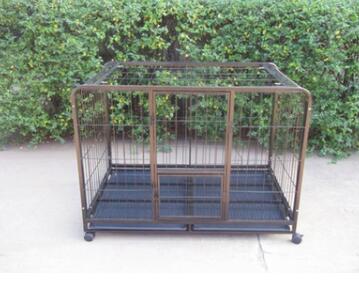Decorative Perforated Sheets An Innovative Design Element
In contemporary architecture and design, the desire for unique aesthetics combined with functional versatility has led to the increased popularity of decorative perforated sheets. These sheets, characterized by their patterned holes, not only serve practical purposes but also elevate the visual appeal of various environments, making them a favored choice across multiple industries.
What are Decorative Perforated Sheets?
Decorative perforated sheets are flat materials, typically made from metals such as steel, aluminum, or stainless steel, that have been subjected to a process of punching or perforating. This process creates a series of holes in specific patterns that can vary in size, shape, and density. Beyond mere decoration, these perforations enable light penetration, airflow, and even sound absorption, making them a multifunctional choice for both indoor and outdoor applications.
Aesthetic Versatility
One of the most significant advantages of decorative perforated sheets is their ability to enhance aesthetics. They are available in numerous designs, from simple geometric patterns to intricate artistic motifs. This versatility allows architects and designers to customize solutions tailored to specific themes or environments. For instance, in a modern office space, perforated metal panels can add a sleek, contemporary look while also providing acoustic benefits. In contrast, in a cultural center, these sheets can reflect local heritage through traditional motifs, creating an inviting space that resonates with visitors.
Functional Benefits
Beyond their decorative effects, perforated sheets deliver numerous functional benefits
.decorative perforated sheet

1. Ventilation In structures like parking garages or commercial buildings, decorative perforated sheets allow for adequate air circulation, reducing the build-up of heat and humidity. 2. Light Control These sheets can filter natural light, creating softer, ambient lighting indoors while still maintaining the connection to the outside world. 3. Noise Reduction Perforated sheets can contribute to sound insulation, making them ideal for environments that require noise control, such as theaters or open-plan offices. 4. Partitioning and Privacy They offer innovative solutions for room dividers that maintain privacy while allowing light to pass through – a feature greatly appreciated in modern residential spaces.
Sustainable Design
With growing emphasis on sustainability in design, decorative perforated sheets made from recyclable materials are becoming increasingly popular. Their longevity and durability further reinforce their eco-friendliness. By choosing these sheets, architects can minimize waste and promote sustainable practices without sacrificing aesthetics or functionality.
Applications Across Industries
The applications for decorative perforated sheets span a wide array of sectors. In the architectural realm, they are used in facades, ceilings, and partitions. In retail environments, they serve as eye-catching displays or signage solutions. Even in the realm of furniture design, decorative perforated panels can be integrated into pieces, such as light fixtures or room dividers. Beyond architecture and design, they find utility in packaging, filtration, and automotive industries as well.
Conclusion
As trends evolve towards a fusion of aesthetic appeal and practicality, decorative perforated sheets stand out as a pivotal material in modern design. Their ability to combine form and function caters to the ever-growing demands of contemporary architecture and interior design. Whether utilized for their artistic flair, functional versatility, or sustainable properties, they undoubtedly add a unique touch to any space. As both architects and clients continue to seek innovative materials that reshape our surroundings, the future of decorative perforated sheets remains bright, poised to inspire countless creations.
In a world where design speaks volumes, the incorporation of decorative perforated sheets serves as a testament to the blend of creativity, functionality, and sustainability in the spaces we inhabit.

















